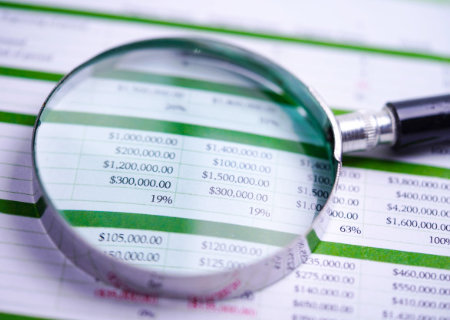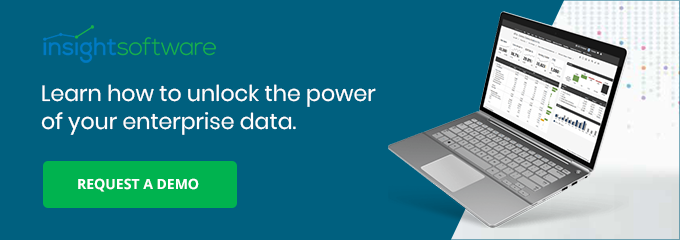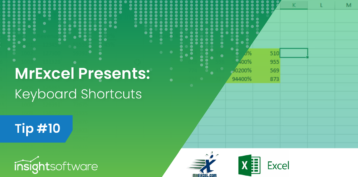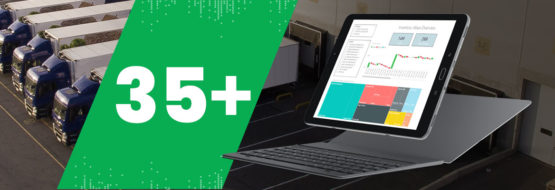What’s the Difference between Data Visualization and Data Storytelling in F&A?

Today’s CFOs are more than the head of accounting and finance. They’re increasingly considered the data steward for the entire enterprise, meaning the person who makes data accessible and valuable for everyone else.
As finance leaders evolve to become information experts, they must understand how data informs decision making. At this point, most companies have more than enough data with which to work, but they’re still struggling to work with it efficiently and effectively. It remains an untapped resource, and it’s up to the CFO to unleash it.
That starts by understanding the difference between two core concepts: data visualization and data storytelling. Though closely related, the two are distinctly different and have separate but equal roles to play in financial intelligence.
What Is Data Visualization?
Anytime you represent data visually using a chart or graph, that’s an example of data visualization. Data visualizations are already considered standard business tools, but they have advanced impressively in recent years. Modern visualizations conceptualize data in new ways, on a bigger scale, and at faster speeds. In that way, they say more and say it with greater clarity.
Data visualizations are valuable because they take vast amounts of information (something that’s cumbersome and complex to understand) and translate it into a format that’s instantly comprehensible. As CFOs spend more of their time digging for insights, data visualizations will prove to be a powerful tool.
What Is Data Storytelling?
For today’s companies, financial intelligence is about more than having a couple of key figures; that’s not enough. Decision-makers inside and outside of F&A need to know the complete financial outlook, and that’s what data storytelling is designed to do. Instead of answering a narrow set of questions, it explains what’s driving financial performance, what that means for the company, and what course of action makes the most sense empirically. Simply stated, it’s using data to tell the story of finance. By framing finance in narrative terms, the stakeholders involved know where they fit into the larger financial picture and timeline. At its core, data storytelling strives to make finance relevant and actionable for all those who want (and need) to be involved.
How Do Data Visualizations and Data Storytelling Complement Each Other?
Data storytelling utilizes data visualizations to bring important takeaways and concepts to life. When the CFO is trying to explain why performance is rising or falling, for example, relying on densely packed spreadsheets only obscures the message, whereas visualizations highlight it. In many cases, the best tool for data storytelling is the right data presented in the right visual format.
However, that is not true in all cases. With too many charts and graphs, your story devolves into a pictogram. It becomes confusing because it lacks context and connective tissue. Much of the art of data storytelling involves knowing when to use a chart or graph and when to bring in hard numbers, a written section, or some other means of explanation. Data visualizations play a big role, but they rarely tell the whole story.
Simply reading about how data visualizations contribute to data storytelling does neither concept justice. In practice, these are powerful tools for decision making and strategy formation, as well as the key to unlocking the potential of big data. Discover that for yourself by experiencing best-in-class data storytelling in action. Request a free demo from the experts at insightsoftware.







